Two NASA astronauts, Butch Wilmore and Suni Williams, who launched to the International Space Station (ISS) aboard Boeing's Starliner capsule in June, will need to return to Earth on a SpaceX Crew Dragon spacecraft due to unresolved issues with the Starliner's propulsion system. The propulsion system experienced critical failures, including thruster malfunctions and helium leaks, making it unsafe for the astronauts to return as planned.
The astronauts have been on the ISS for 79 days and are expected to remain longer to conduct science experiments alongside the ISS crew. Their return is now scheduled for February 2025 on a SpaceX Crew Dragon, which will have two of its seats reserved for Wilmore and Williams.
NASA officials decided to use SpaceX for the return due to safety concerns with the Starliner. Despite Boeing's insistence on Starliner's safety, the company faced significant technical problems, including five failed thrusters and other critical issues during the mission.
Starliner will undock from the ISS in early September without a crew and attempt an autonomous return to Earth, which was originally intended as a core test objective. NASA’s decision underscores the importance of crew safety and reliable spacecraft performance.
Boeing expressed its commitment to resolving the issues with Starliner and continuing its development. The company has faced substantial challenges, including cost overruns and technical problems, affecting both Starliner and its commercial plane production.
The decision to use SpaceX for the astronauts' return highlights NASA's strict safety protocols and the ongoing uncertainty surrounding Starliner's certification. Boeing will need to address the technical problems and work on regaining trust in its space program.
The prolonged mission has cost Boeing $125 million, and ongoing tests and simulations have not resolved all engineering concerns, further complicating Starliner's path to certification.
This decision marks a significant moment for NASA and Boeing, reflecting the complexities and challenges of developing and certifying new spaceflight systems.



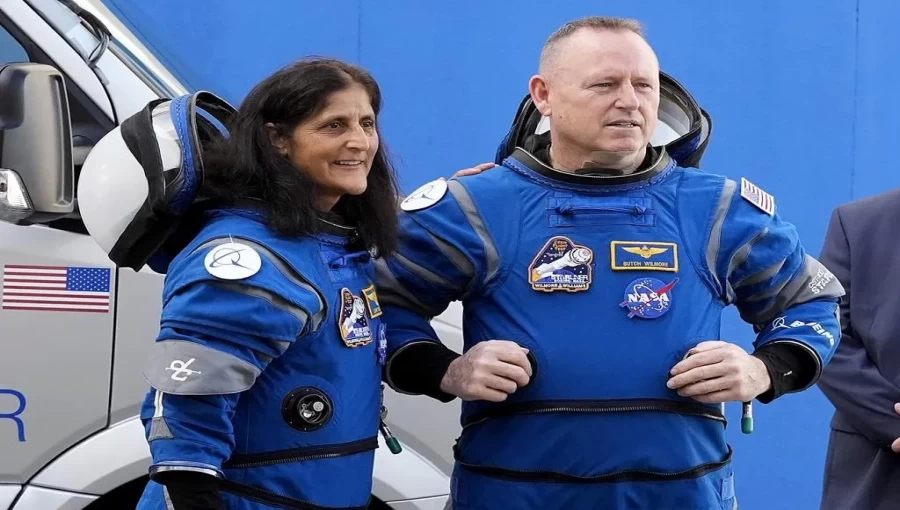

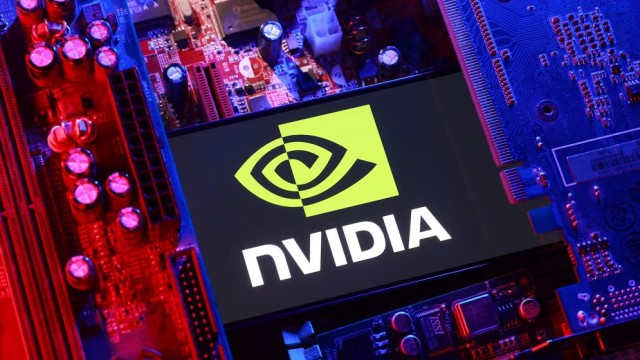


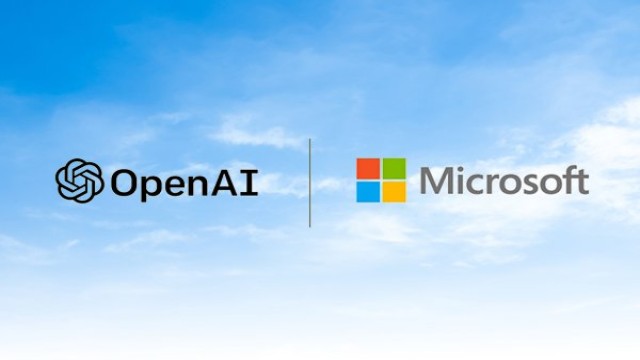
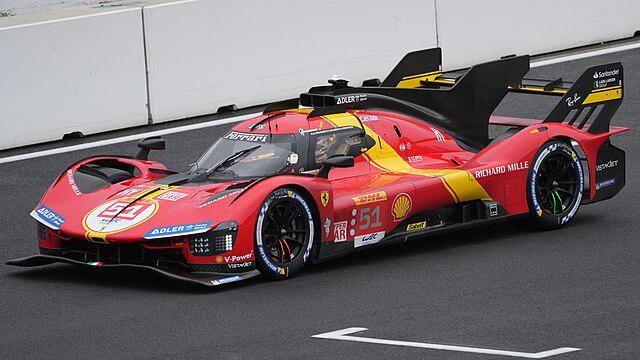
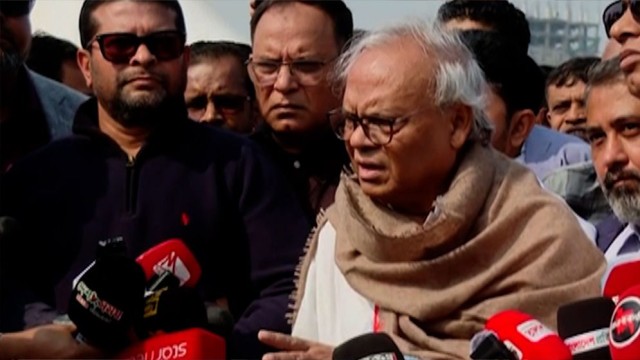

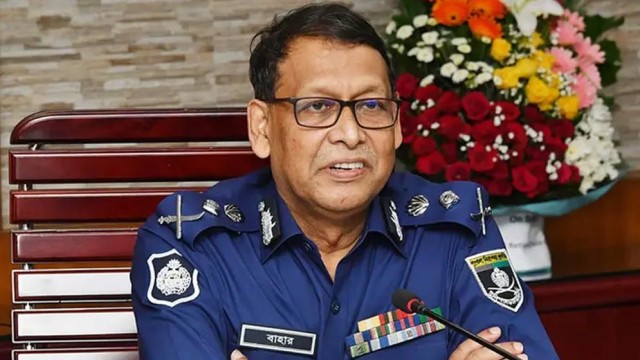
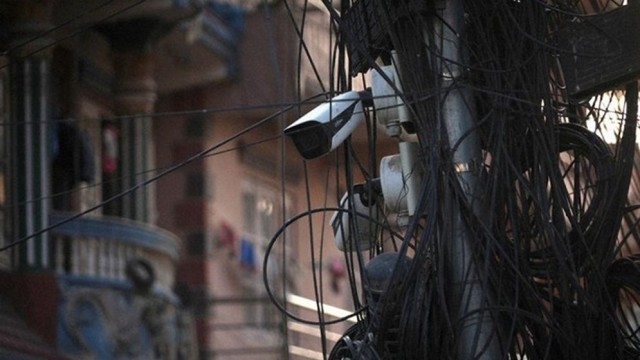
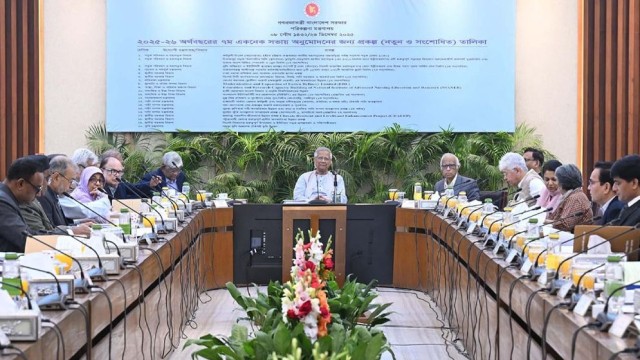
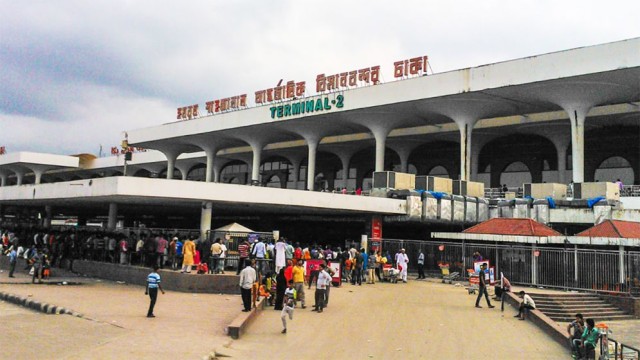


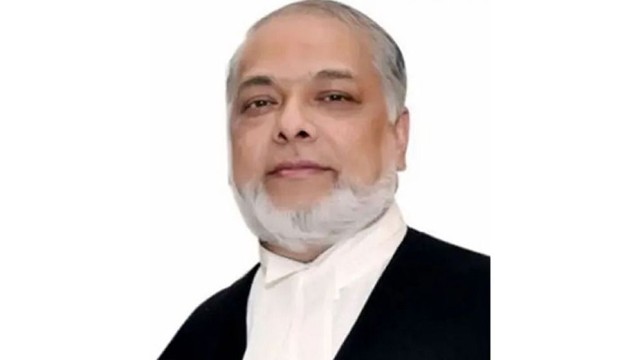
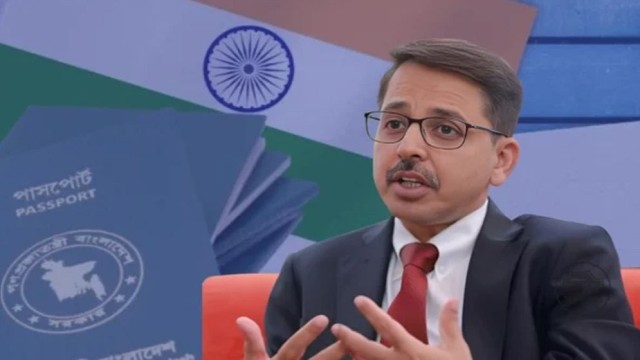







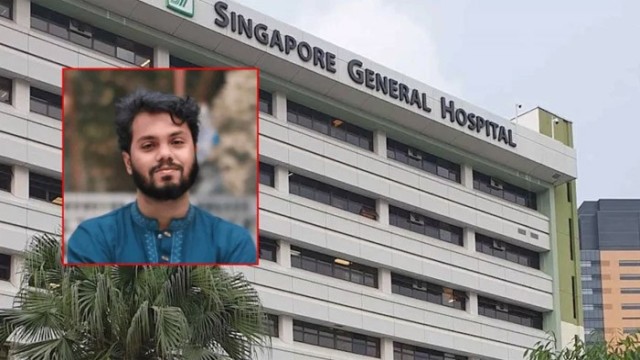


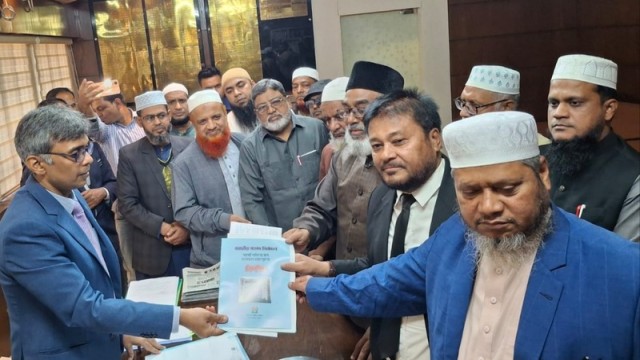
Comment: